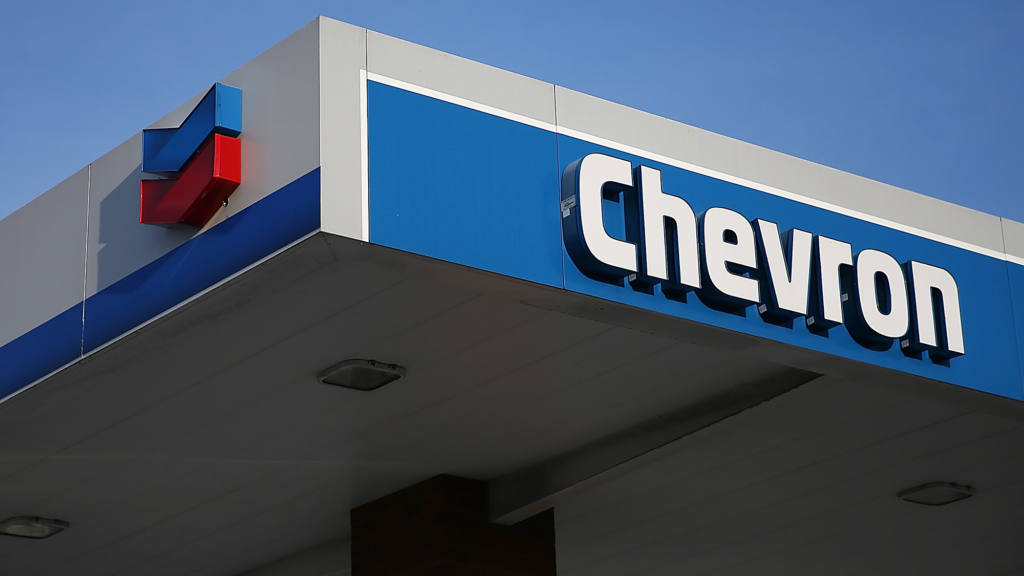Chevron’s recent acquisition of Hess for $53 billion marks a significant milestone in the energy sector, reflecting Chevron’s strategic vision and ambition to expand its presence in key markets. The acquisition, sealed by a shareholder vote, underscores Chevron’s commitment to unlocking value through strategic investments and portfolio optimization.
The decision to acquire Hess aligns with Chevron’s long-term growth strategy, aiming to enhance its asset portfolio and capitalize on emerging opportunities in the energy market. By integrating Hess’s assets, Chevron aims to strengthen its position as a leading integrated energy company, leveraging synergies to drive operational efficiency and profitability.
John Hess, CEO of Hess Corporation, expressed confidence in the merger, emphasizing its potential to create significant shareholder value. The combined entity is expected to benefit from a diverse asset base, robust financial resources, and enhanced capabilities to navigate market dynamics effectively.
Despite the shareholder endorsement, regulatory approval remains a crucial step in finalizing the merger. The involvement of regulatory bodies, such as the Federal Trade Commission (FTC), adds a layer of complexity to the process, requiring Chevron to address any antitrust concerns and demonstrate the merger’s benefits to competition and consumers.
While regulatory hurdles pose challenges, recent approvals of similar transactions provide optimism for the Hess-Chevron merger. The successful completion of Exxon Mobil’s acquisition of Pioneer Natural Resources indicates a favorable regulatory environment for industry consolidation, potentially paving the way for Chevron’s acquisition of Hess.
However, Chevron faces growing opposition from various stakeholders, complicating its path forward. Activist movements, including “Anti-Chevron Day,” highlight concerns about Chevron’s operations and environmental impact, underscoring the need for the company to engage with stakeholders and address their concerns transparently.
Moreover, local opposition, such as the proposed oil refinery tax in Richmond, presents additional challenges for Chevron. The company must navigate regulatory and political landscapes effectively, balancing its business objectives with community interests and regulatory requirements.
Furthermore, regulatory uncertainties in California add complexity to Chevron’s operating environment. Proposed regulations could disrupt supply chains and increase operating costs, impacting Chevron’s profitability and market competitiveness.
In response to these challenges, Chevron must demonstrate resilience and agility, proactively engaging with stakeholders and regulatory authorities to address concerns and mitigate risks. Effective communication and stakeholder engagement are essential to building trust and fostering positive relationships with communities and regulatory bodies.
Additionally, Chevron’s commitment to sustainability and environmental stewardship will play a crucial role in shaping its reputation and regulatory outcomes. By investing in renewable energy initiatives and adopting responsible business practices, Chevron can position itself as a leader in the transition to a low-carbon economy, mitigating regulatory risks and enhancing its social license to operate.
In conclusion, Chevron’s acquisition of Hess represents a strategic move to strengthen its market position and drive long-term growth. While regulatory hurdles and opposition present challenges, Chevron’s focus on stakeholder engagement, regulatory compliance, and sustainability will be key to navigating the complexities of the merger process and securing regulatory approval. By effectively addressing concerns and demonstrating the merger’s benefits, Chevron can unlock value for shareholders and position itself for success in a rapidly evolving energy landscape.
